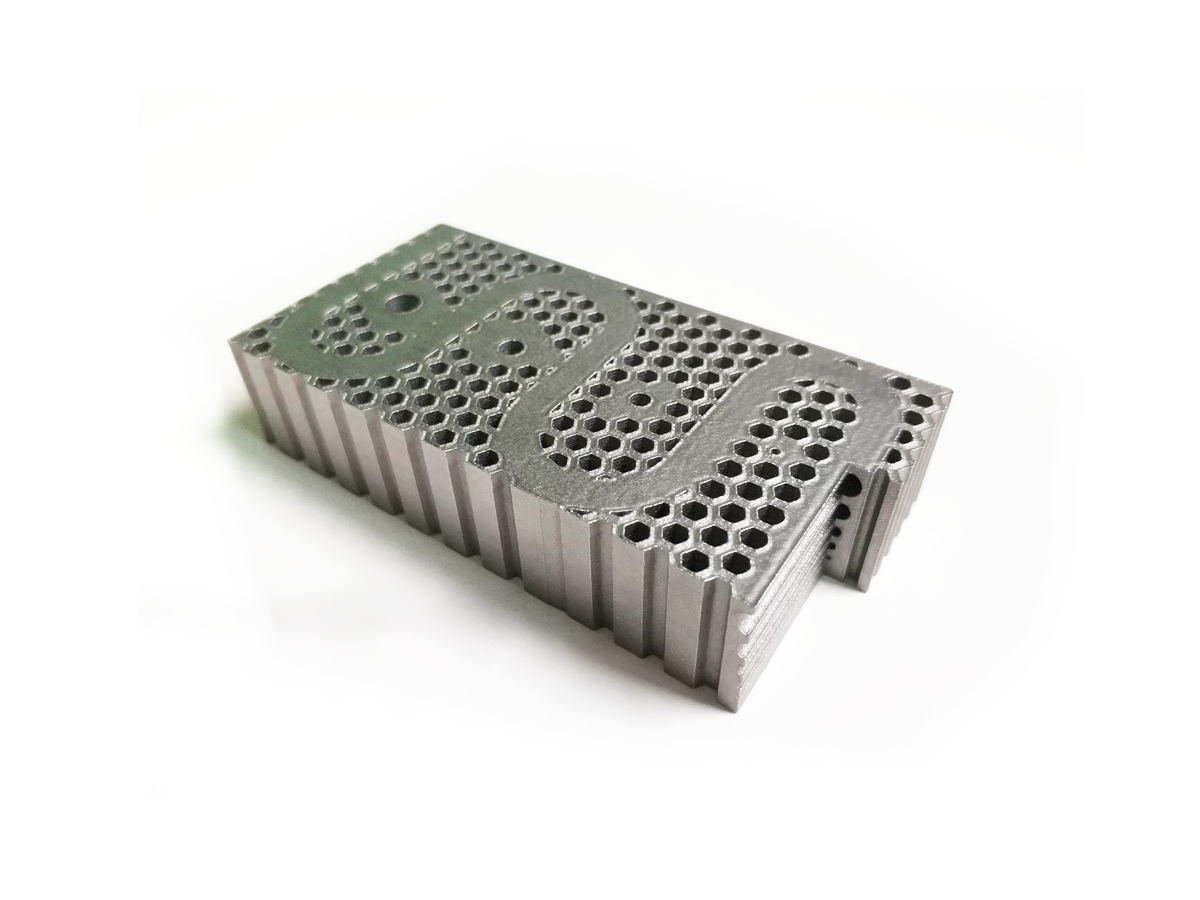Where Art Meets Engineering: 3D Printed Carbon Steel Decorative Panels for Architecture
Introduction
Carbon steel 3D printing is bridging the gap between art and engineering by enabling the creation of custom, structurally sound decorative panels for modern architectural projects. By using advanced metal 3D printing technologies such as Selective Laser Melting (SLM) and Direct Metal Laser Sintering (DMLS), high-performance carbon steels like AISI 4140 and 20MnCr5 offer outstanding strength, surface flexibility, and design freedom, perfectly suited for architectural innovation.
Compared to traditional sheet metal fabrication and welding, carbon steel 3D printing for architectural panels allows highly intricate, large-scale designs with seamless geometry, reduced joints, and enhanced mechanical performance.
Applicable Material Matrix
Material | Ultimate Tensile Strength (MPa) | Yield Strength (MPa) | Surface Finishing Quality | Weather Resistance | Architectural Suitability |
|---|---|---|---|---|---|
950 | 655 | Very Good | Moderate | Structural decorative panels | |
800 | 500 | Good | Moderate | Large facade panels | |
2000 | 1800 | Excellent | Good | High-load artistic structures | |
950 | 655 | Good | Moderate | Lightweight frames and panels | |
1500 | 1300 | Good | Good | Outdoor sculpture elements | |
2000 | 1850 | Excellent | Good | Intricate architectural detailing |
Material Selection Guide
AISI 4140: Balancing strength (950 MPa tensile) and machinability, AISI 4140 is excellent for large, custom architectural panels requiring aesthetic appeal and robust structural integrity.
20MnCr5: Offering a good strength-to-weight ratio, 20MnCr5 is suitable for large-format facade panels and feature walls with moderate environmental exposure.
Tool Steel MS1 (Maraging Steel): With tensile strengths up to 2000 MPa and excellent surface finish after post-processing, MS1 is ideal for highly loaded, large-span artistic installations and structural decorative facades.
AISI 4130: A lightweight, strong alloy ideal for internal decorative panels, support frames, and latticework structures.
Tool Steel H13: With good strength and excellent resistance to thermal fatigue, H13 is perfect for sculptures and decorative panels intended for outdoor environments.
Tool Steel 1.2709 (Maraging 300): Enabling fine detail and thin-wall construction without sacrificing strength, 1.2709 is ideal for intricate metal architectural art pieces.
Process Performance Matrix
Attribute | Carbon Steel 3D Printing Performance |
|---|---|
Dimensional Accuracy | ±0.05 mm |
Density | >99.5% Theoretical Density |
Layer Thickness | 30–60 μm |
Surface Roughness (As-Printed) | Ra 5–10 μm |
Minimum Feature Size | 0.4–0.6 mm |
Process Selection Guide
Complex Geometric Freedom: 3D printing creates lattice structures, organic curves, and seamless transitions impossible with traditional manufacturing.
Reduced Assembly Complexity: Large structures can be produced with integrated fastening points and support ribs, minimizing welding or joining operations.
Superior Aesthetic Finishes: Post-processing like electropolishing, sandblasting, or custom coatings enhances the architectural appeal while providing environmental resistance.
Rapid Design Iteration: Allows architects and designers to quickly refine and produce prototypes and final panels tailored for specific projects.
Case In-Depth Analysis: AISI 4140 3D Printed Decorative Facade Panels for Commercial Tower
An architectural firm aimed to create a visually striking, weight-efficient facade for a luxury commercial tower. Using our carbon steel 3D printing service with AISI 4140, we produced large-format panels with tensile strength above 950 MPa, precision tolerances within ±0.05 mm, and intricate surface textures. Topology optimization minimized panel weight by 20%, while integrated mounting structures reduced installation time by 30%. Final surface finishing included sandblasting and custom weather-resistant coating for long-term durability.
Industry Applications
Architecture and Construction
Custom facade panels and decorative building skins.
Structural support elements for sculptural installations.
Urban Public Art Installations
Complex outdoor sculptures.
Monumental public art integrating structural and aesthetic performance.
Interior Architecture and Design
Custom partition walls, feature panels, and decorative grilles.
Integrated lighting structures and ceiling installations.
Mainstream 3D Printing Technology Types for Carbon Steel Architectural Components
Selective Laser Melting (SLM): Best for producing high-density, strong decorative panels with complex internal or external geometries.
Direct Metal Laser Sintering (DMLS): Ideal for lightweight lattice panels and artistic frames.
Binder Jetting: Suitable for larger-scale, cost-effective production of intricate carbon steel decorative elements.
FAQs
What carbon steel grades are ideal for 3D printed architectural decorative panels?
How does carbon steel 3D printing enable complex geometry and seamless architectural designs?
What finishing options enhance the appearance of 3D printed decorative panels?
Can carbon steel 3D printed panels withstand outdoor environmental exposure?
How does 3D printing reduce fabrication time and complexity for custom architectural structures?

